 Teaching kids how to resolve conflicts is at the very center of the counseling program at my school. When I started at my school in
Teaching kids how to resolve conflicts is at the very center of the counseling program at my school. When I started at my school in the dark ages 1996, it was as a long-term sub. Being a sub had its challenges, but one of the major advantages it provided was that I had the opportunity to assess the skills and needs of our students and how the counseling program addressed those skills and needs. Here are my findings in a nutshell: They had some skills, many needs, and there was no program. When I was hired to fill the position permanently, one of the first things I did was develop units on conflict resolution for grades 1-5. There was clearly a need: I spent a lot of my time helping kids manage conflicts, repair friendships, and make restitution for egregious behaviors that were a result of conflicts that escalated rather than being addressed. My mailbox was full of notes from kids asking for help (or tattling), and the line-up at my door after recess made my office look like the ice cream shop on a hot summer day, or maybe something more like the Department of Motor Vehicles, given the distress and indignation level of the customers.
Being able to solve conflicts involves many skills – feelings and how to manage them, friendship, understanding others, listening, respect, responsibility, telling the truth, behavior management, problem solving, and safety (to name a few) – so I decided to use conflict resolution as the organizing principle for developing and delivering the counseling curriculum to all students in my school. Of course, I covered other topics as well, but my very first comprehensive units focused on what conflict is, how it escalates, and the strategies that can be used to de-escalate conflict and repair relationships.
Beginning in second grade we talk directly about conflict and how to manage it, while in kindergarten and first grade, we introduce the foundational skills for conflict resolution that will be built upon in the following years. In kindergarten we (co-teaching with the classroom teachers) use Second Step, which focuses on skills for learning, building empathy, emotion management, and problem solving. In first grade, we use I-Care Cat and his I-Care Rules, which were developed by the Peace Education Foundation.
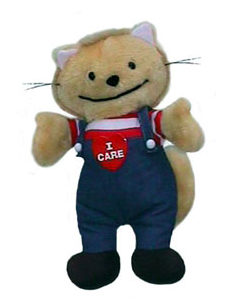
Our I-Care Cat and I both look somewhat worse for wear/more well-loved than we did in 1997, when he looked like this.
I-Care Rules
We Listen to Each Other
Hands are for Helping, Not Hurting
We Use I-Care Language
We Care About Each Other’s Feelings
We Are Responsible for What We Say and Do
I-Care Cat and his rules have been so influential in our school, that when we developed our school-wide expectations in 1999, We Care About Each Other’s Feelings and We Are Responsible for What We Say and Do were adopted as two of our three expectations. (The third is We Keep Ourselves and Others Safe.)
The Peace Education Foundation offers wonderful resources for teaching about conflict resolution, including this “My I-Care Rules” poster, which is available in two different large sizes and mini posters (8.5 x 11″) in sets of 30 so you can post them in classrooms, related arts spaces, the principal’s office, cafeteria, etc. We use the large poster for teaching lessons, and have the small posters posted around the school so that kids and adults can easily refer to the I-Care rules. (Psst – this is also a good way to get the adults in the building to reinforce your lessons!)
Our first grade conflict resolution unit is made up of six lessons: one for each of the rules and one that pulls them all together. Each lesson includes discussion, role playing and practice, a read-aloud or game, and a drawing and writing activity about the lesson’s rule. The drawing/writing pages are ultimately put together in each students’ own “My I-Care Rules” Book. You probably already have great books that would work for each of the lessons, but the read-aloud books I use are listed below. For a PDF of the book pages, click here or on the cover image below. Our I-Care Cat puppet comes to class for each lesson. The kids love him and they work really hard (by following the I-Care rules) to earn the treat of having him visit their classroom for a whole day.
Lesson 1: We Listen to Each Other: Howard B. Wigglebottom Learns How to Listen OR Listening Game: Call on students randomly and ask questions (e.g. favorite animal and why, family members’ first names, what they had for breakfast and where they had it, etc.). Other students listen and share what they heard from all of the students who were called on.
Lesson 2: Hands Are for Helping, Not Hurting: I use a book called Helping Junior which, sadly, is unavailable. It’s a great story about Junior, whose friends work determinedly to help him retrieve a lost painting. It beautifully illustrates how helping makes you and others feel good. Please comment if you have other book recommendations that would work well for this lesson.
Lesson 3: We Use I-Care Language: “Please,” a story in the book The Children’s Book of Virtues
Lesson 4: We Care About Each Other’s Feelings: On Monday When It Rained
Lesson 5: We Are Responsible For What We Say and Do: Matthew and Tilly
Lesson 6: Using the I-Care Rules: Best Friends
If these lessons don’t appeal to you, or if you’d like to get ideas of other I-Care conflict resolution lessons, check out the Peacemaking Skills for Little Kids series of books and other resources from the Peace Education Foundation.
In response to the requests that I’ve received, I’ll be sharing information about our conflict resolution units for older grades soon. I’m sorry that I’m not able to post more frequently. I promise that I’ll share everything I can that people have asked for as soon as I can. I’m sure you understand the delay – being a school counselor is a joy, but so time consuming!
You might also be interested in:

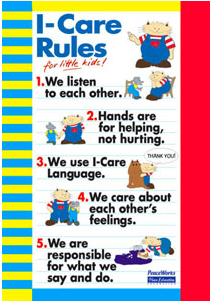
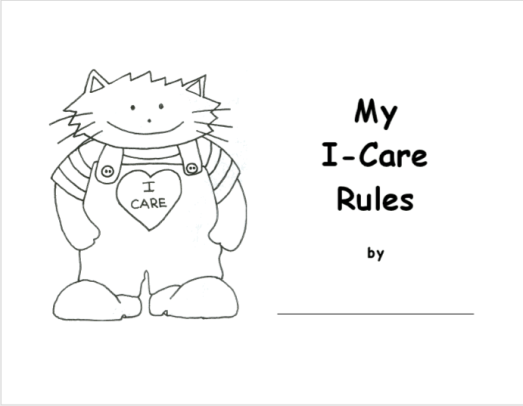
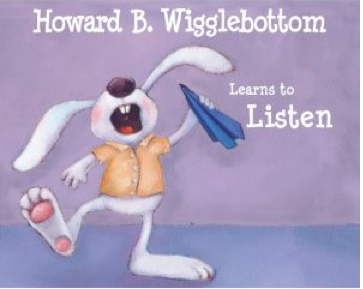

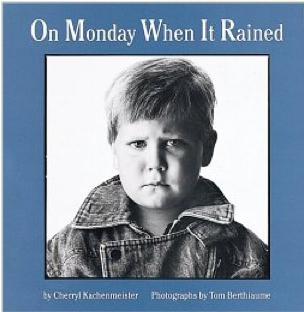
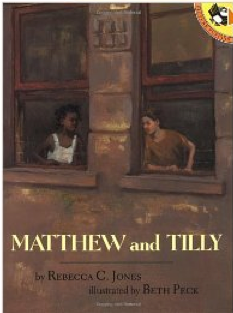
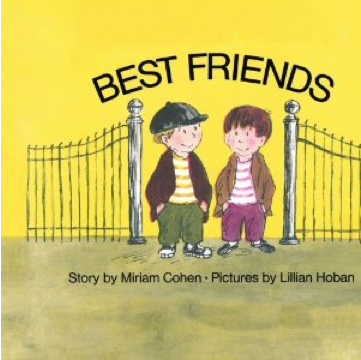
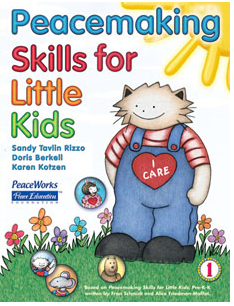
Trackbacks/Pingbacks